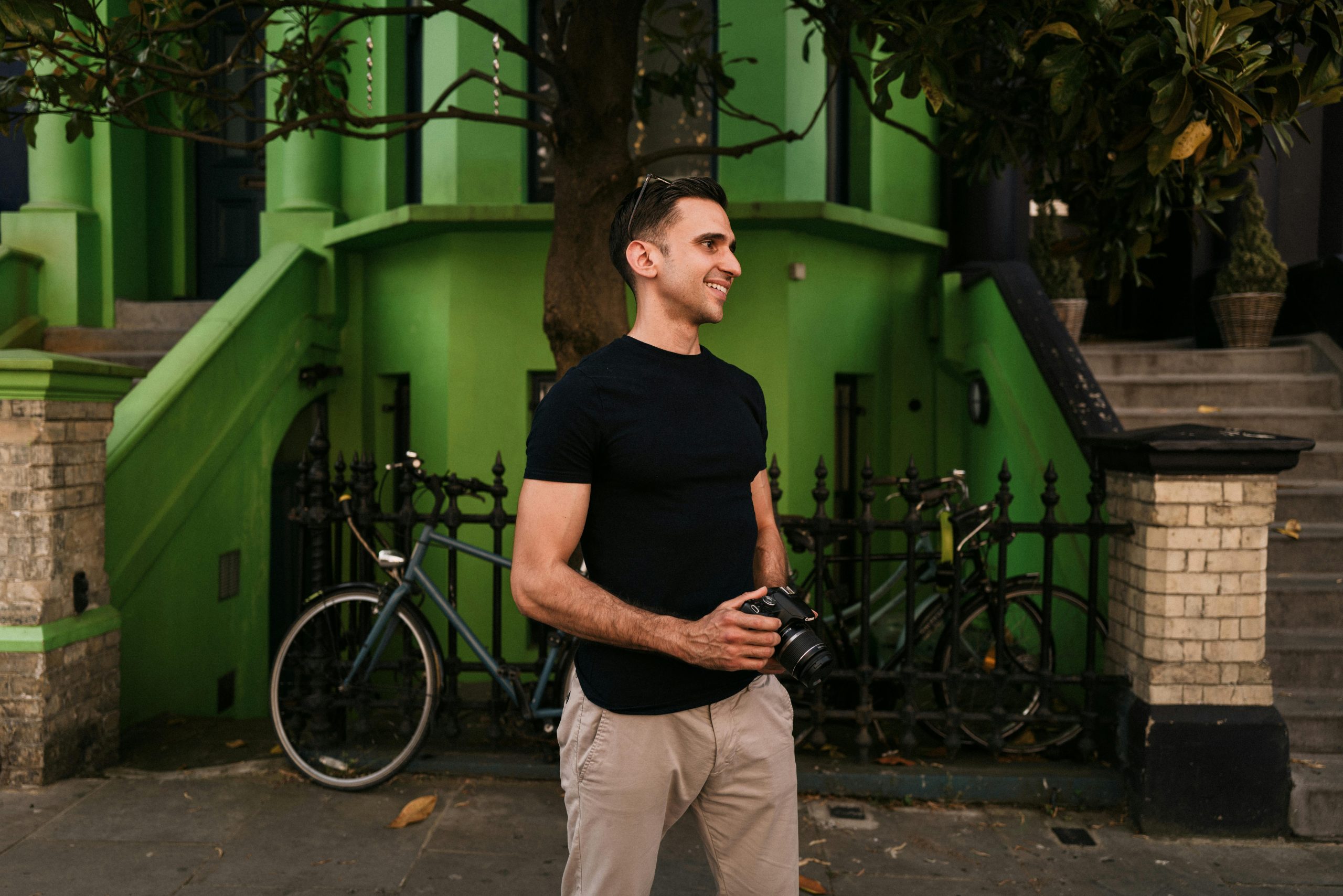Notting Hill Residents Paint Houses Black to Combat Over-Tourism and Preserve Community Integrity
In a bold move to address the increasing challenges associated with overtourism, residents of Notting Hill have collaboratively decided to repaint their iconic colorful houses in black. This unconventional strategy aims to discourage excessive visitor influx and protect the neighborhood’s character and atmosphere.
Over the years, Notting Hill has become one of London’s most popular tourist destinations, known worldwide for its vibrant pastel-colored façades and lively cultural scene. However, this popularity has led to several unintended consequences, including overcrowding, damage to properties, and littering. Some residents have expressed concerns about tourists encroaching onto private property boundaries while capturing photographs and exploring the area, raising questions about privacy and safety.
A local observer highlighted that many tourists often step beyond public sidewalk boundaries into private property, which can be unsettling for residents. Additionally, the increased foot traffic has resulted in littering and other disruptive behaviors, further impacting the neighborhood’s quality of life.
In response, some homeowners have chosen to reimagine their properties by painting their houses in darker hues, specifically black. This creative approach is intended as a visual deterrent, discouraging tourists from lingering or attempting to access private spaces. Beyond the aesthetic change, it serves as a statement advocating for more sustainable tourism practices that respect residents’ privacy and the community’s integrity.
While the decision to alter the traditional color schemes is unconventional, it underscores a growing need for innovative solutions to manage tourism in densely visited areas. Preserving the charm and community spirit of neighborhoods like Notting Hill requires a balanced approach that considers both the economic benefits of tourism and the rights of local residents.
As cities worldwide grapple with similar challenges, Notting Hill’s response exemplifies how local communities are taking proactive steps to maintain their neighborhoods’ distinct identities. Continuous dialogue between residents, tourists, and authorities will be crucial in fostering sustainable tourism that honors both visitors and residents alike.
Keywords: Notting Hill, overtourism, community preservation, tourism management, urban neighborhood, property privacy, sustainable tourism


A Thoughtful Approach to Addressing Overtourism in Notting Hill
It’s impressive to see how Notting Hill residents are proactively seeking innovative solutions to safeguard their community’s unique character. Painting houses black as a visual deterrent is certainly unconventional, but it highlights the urgent need for creative strategies in managing overtourism.
Beyond aesthetic changes, I believe increasing community-led initiatives—such as guided tours focusing on local history, improved visitor education, and promoting lesser-known areas—can help disperse tourist footfall more evenly across London. Additionally, collaboration with authorities to enforce privacy boundaries and littering regulations will be vital.
As a London resident, I appreciate the delicate balance between welcoming visitors and preserving the integrity of our neighborhoods. It’s encouraging to see communities taking active steps rather than passive acceptance of the challenges. Sustainable tourism requires collective effort, clear communication, and innovative thinking—something Notting Hill is exemplifying here.
Community-Led Innovations in Preserving Neighborhood Character
It’s inspiring to see residents taking creative steps to protect Notting Hill’s unique charm while addressing the challenges of overtourism. Painting houses black as a visual deterrent cleverly balances aesthetic considerations with practical needs — a reminder that thoughtful interventions can help maintain community integrity amidst growing visitor numbers.
However, I believe that sustainable tourism strategies should also include:
Community-driven efforts like this highlight the importance of collaborative approaches in urban management. Combining creative visual cues with comprehensive visitor behavior management can foster a more respectful relationship between tourists and residents, ensuring neighborhoods like Notting Hill retain their cultural vibrancy for generations to come.